Articles and videos about Food and Drinks on Fox News.


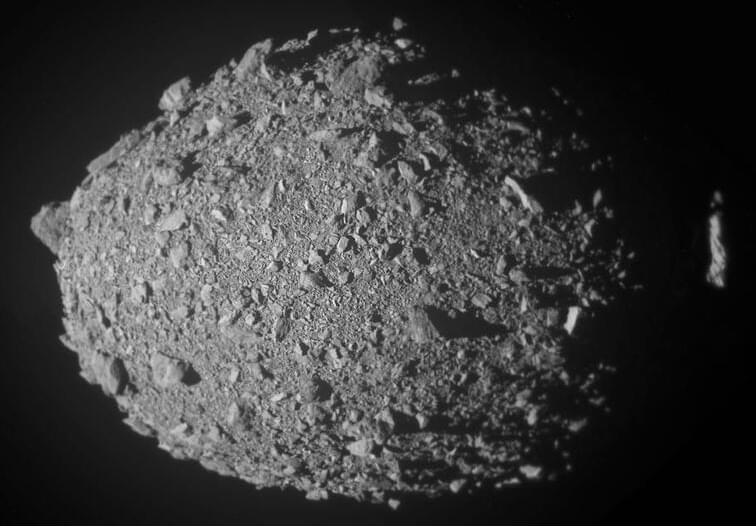
By Ankita Chakravarti: ChatGPT, which is the fastest growing app in the world, has competition now. After Microsoft’ Bing and Google’s Bard AI, Anthropic, which was founded by former OpenAI employees, has launched a new AI chatbot to rival ChatGPT. The company claims that Claude is “easier to converse with” “more steerable.” and “much less likely to produce harmful outputs,”
Claude performs pretty well and has the same functions as the ChatGPT. “Claude can help with use cases including summarization, search, creative and collaborative writing, Q&A, coding, and more. Early customers report that Claude is much less likely to produce harmful outputs, easier to converse with, and more steerable — so you can get your desired output with less effort. Claude can also take direction on personality, tone, and behavior,” the company said in a blog post.
Anthrophic is offering Claude in two different variants including the Claude and Claude Instant. The company explains that Claude is a “state-of-the-art high-performance model”, while Claude Instant is a “lighter, less expensive, and much faster option.” “We plan to introduce even more updates in the coming weeks. As we develop these systems, we’ll continually work to make them more helpful, honest, and harmless as we learn more from our safety research and our deployments,” the blog read.
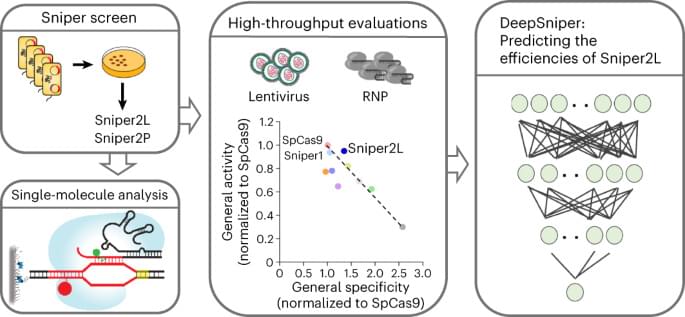
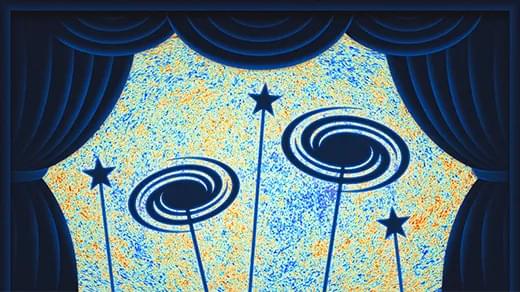
Over the course of its nearly 14-billion-year journey, the light from the CMB has been stretched, squeezed and warped by all the matter in its way. Cosmologists are beginning to look beyond the primary fluctuations in the CMB light to the secondary imprints left by interactions with galaxies and other cosmic structures. From these signals, they’re gaining a crisper view of the distribution of both ordinary matter — everything that’s composed of atomic parts — and the mysterious dark matter. In turn, those insights are helping to settle some long-standing cosmological mysteries and pose some new ones.
“We’re realizing that the CMB does not only tell us about the initial conditions of the universe. It also tells us about the galaxies themselves,” said Emmanuel Schaan, also a cosmologist at SLAC. “And that turns out to be really powerful.”
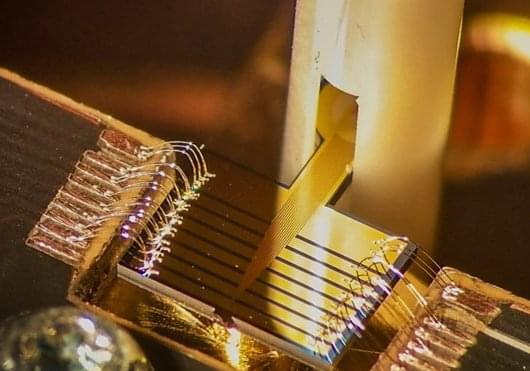
How can we combat data theft, which is a real issue for society? Quantum physics has the solution. Its theories make it possible to encode information (a qubit) in single particles of light (a photon) and to circulate them in an optical fiber in a highly secure way. However, the widespread use of this telecommunications technology is hampered in particular by the performance of the single-photon detectors.
A team from the University of Geneva (UNIGE), together with the company ID Quantique, has succeeded in increasing their speed by a factor of twenty. This innovation, published in the journal Nature Photonics, makes it possible to achieve unprecedented performances in quantum key distribution.
Buying a train ticket, booking a taxi, getting a meal delivered: these are all transactions carried out daily via mobile applications. These are based on payment systems involving an exchange of secret information between the user and the bank. To do this, the bank generates a public key, which is transmitted to their customer, and a private key, which it keeps secret. With the public key, the user can modify the information, make it unreadable and send it to the bank. With the private key, the bank can decipher it.
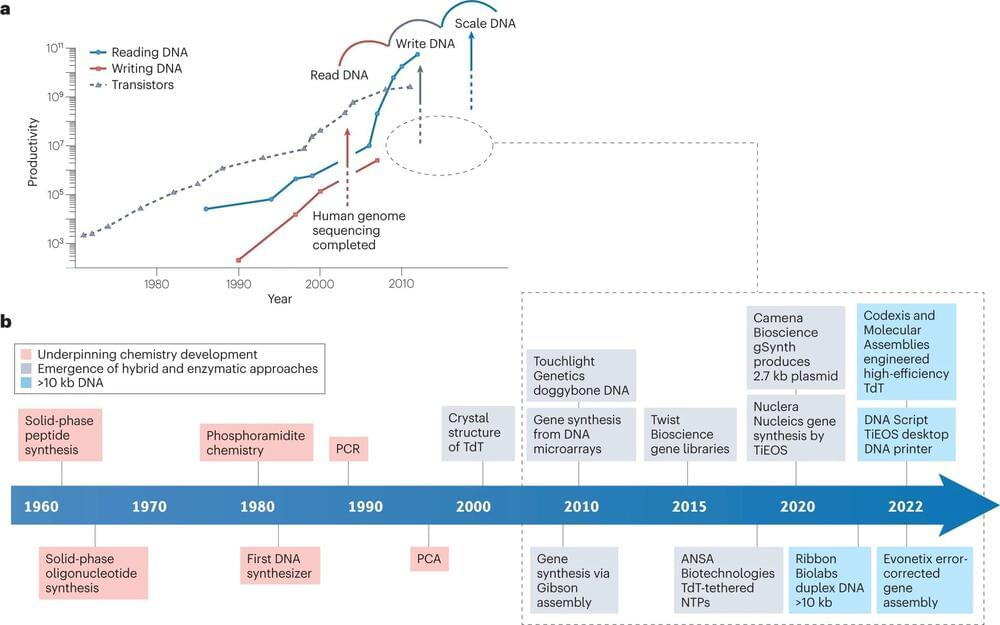
NPL, in collaboration with London Biofoundry and BiologIC Technologies Ltd, have released an analysis on existing and emerging DNA Synthesis technologies in Nature Reviews Chemistry, featuring the work on the front cover.
The study, which was initiated by DSTL, set out to understand the development trajectory of DNA Synthesis as a major industry drive for the UK economy over the next 10 years. The demand for synthetic DNA is growing exponentially. However, our ability to make, or write, DNA lags behind our ability to sequence, or read, it. The study reviewed existing and emerging DNA synthesis technologies developed to close this gene writing gap.
DNA or genes provide a universal tool to engineer and manipulate living systems. Recent progress in DNA synthesis has brought up limitless possibilities in a variety of industry sectors. Engineering biology, therapy and diagnostics, data storage, defense and nanotechnology are all set for unprecedented breakthroughs if DNA can be provided at scale and low cost.
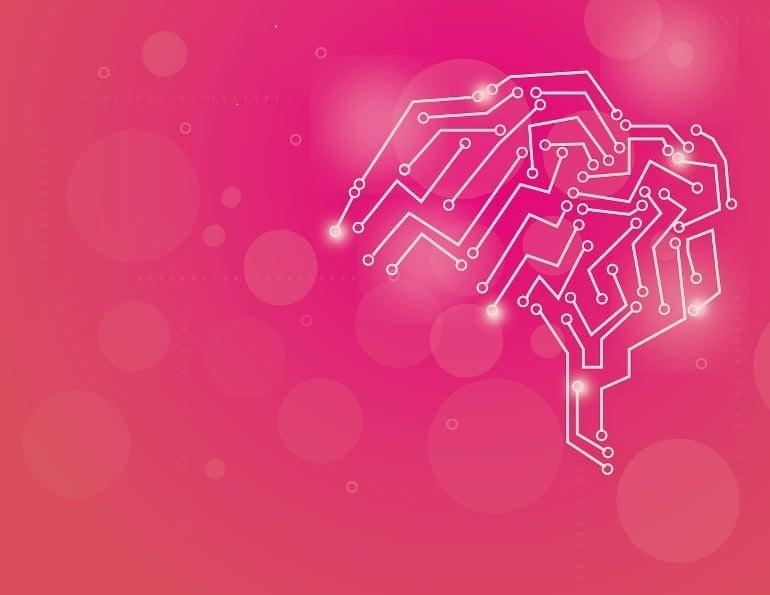
Summary: Researchers have developed a more powerful and energy-efficient memristor, based on the structure of the human brain, that combines data storage and processing. The new technology, made from nanocrystals of halogenated perovskite, is not yet ready for use as it is difficult to integrate with existing computer chips, but it has the potential for parallel processing of large amounts of data.
Source: Politecnico di Milano.
Inspired by the brain’s energy efficiency, copying its structure to create more powerful computers, a team of researchers from Politecnico di Milano, Empa and ETH Zurich has developed a memristor that is more powerful and easier to produce than its predecessors: the results have been published in Science Advances.

In 2022, the physics Nobel prize was awarded for experimental work showing that the quantum world must break some of our fundamental intuitions about how the Universe works.
Many look at those experiments and conclude that they challenge “locality” – the intuition that distant objects need a physical mediator to interact. And indeed, a mysterious connection between distant particles would be one way to explain these experimental results.
Others instead think the experiments challenge “realism” – the intuition that there’s an objective state of affairs underlying our experience. After all, the experiments are only difficult to explain if our measurements are thought to correspond to something real.
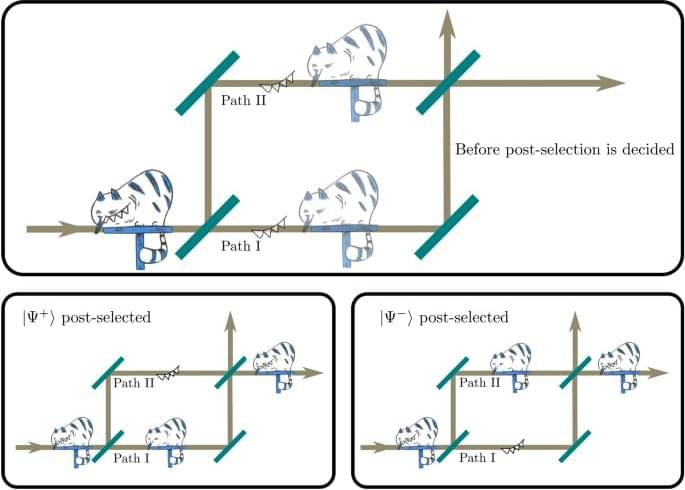
The Eqs. (3a) and (3b) suggest two important features of the location of neutrons and the spin by switching the choice of the post-selection: (i) The first lines indicate that the neutrons are found to be localized in different paths by switching the choice of the post-selection; they are found in the path I and II by applying the post-selection \({|{\Psi ^{+}_f}\rangle }\) and \({|{\Psi ^{-}_f}\rangle }\), respectively. (ii) The lines of the second part of the equations indicate that the spin in the different paths is found to be affected by switching the choice of the post-selection; the spin in path II and I is affected by applying the post-selection \({|{\Psi ^{+}_f}\rangle }\) and \({|{\Psi ^{-}_f}\rangle }\), respectively. Note that, in both choices of the post-selection, neutron and spin are localized in different paths, i.e., the location of the cat itself and its grin are interchanged by switching the choices of the post-selection. Since measurement of the locations of the neutron and the spin in the interferometer can be carried out independently of the delayed-choice process, the picking of a direction for post-selection, the influence of the delayed-choice on the preceding measurements can be investigated. We would like to point out that the experimental proposal in a recent publication35, contains a delayed choice scenario, too. The difference to the experiment presented in this report is that the authors of35 suggest a setup where two properties of the same system, represented by two non-commuting observables, are separated. In contrast to that, we deal in our experiment with the separation of one property from the system itself, hereby constituting the phenomenon of disembodiment. Further we would like to point out that in their Gedanken-experiment the effect of a change in the pre-selection is discussed that in our view has no retro-causal implications.
The experiment was carried out at the S18 silicon-perfect-crystal interferometer beam line at the high flux reactor at the Institute Laue Langevin. A schematic view of the experimental set-up is shown in Fig. 2.